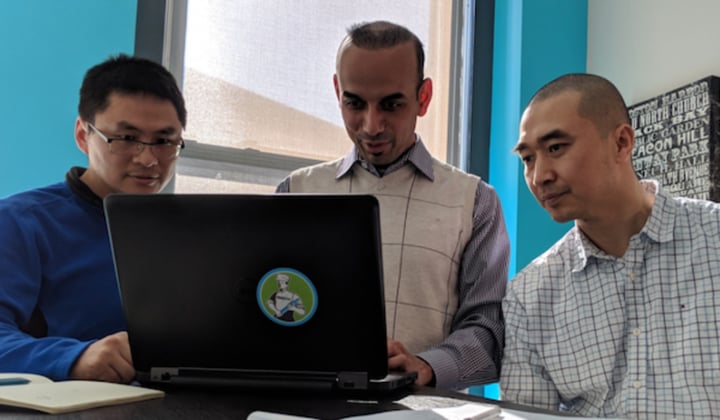
- Home
- Crunchtime Blog
- New Years Resolutions for Restaurants Part 1

It's a new year and you're excited to improve your restaurant brand in 2019. The question is, how will you do it? What changes can you make to your restaurant operations that will help achieve the results you want this year?
Here are a few New Years' resolutions for restaurants to help make 2019 your best year yet.
1. Improve forecast accuracy
Your sales forecasts drive many elements of your business. When your forecasts are accurate you know how much inventory to purchase, how much food to prep, and how many team members to staff for each shift.
Low forecasts hurt brand reputation. Short-staffed restaurants have longer wait times. If you don’t order enough ingredients or prepare enough food, you may run out of certain menu items. Meanwhile, high forecasts may ensure that guests who do show up are satisfied, but they can lead to overspending on inventory and labor.
Forecast accuracy increases when you have more data at your disposal. When you can have access to transaction-level detail and time-stamped sales data you know who is buying what menu items and when they are purchased. This allows you to optimize schedules and drive efficiencies during any shift on any day of the week. This helps improve the guest experience and your restaurant’s profitability during both peak and non-peak hours.
2. Lower the variance between actual and theoretical food costs
There are two metrics to look at when managing food costs: How much you should have spent based on sales (your theoretical cost) and how much you actually spent. It’s not uncommon for there to be a variance between the two.
Many things can and will happen to food between the time your vendors deliver it and when its served to your guests. Food can spoil, go to waste, and even be stolen. These all contribute to the variance between your actual and theoretical costs. Having the tools to identify when, where, and how the variance happened can help you keep it under control.
One of the most common ways to solve variance issues is by creating daily or intra-day cycle counts for your top variance items. The ability to identify and focus exclusively on these items with regularly scheduled counts can go a long way towards eliminating your most costly variances.
3. Retain labor
Restaurants are facing many labor challenges. Most notably, fewer young people are entering the workforce. When it's harder to attract talented team members, employee retention becomes even more important. Investing in the employee experience helps with retention.
When your restaurant invests in technology to improve the guest experience, the focus is usually on ease of engagement. Investing in an online ordering or mobile payment platform makes it easier to do business with the restaurant. This improves the guest experience. That same principle should apply when investing in technology for the employee experience.
Technology that enhances the employee experience may include a platform to check schedules online, swap shifts, or communicate with the manager. Ultimately, when your team members have tools to do their jobs more effectively, they will be happier, more productive, and more likely to stay at your restaurant.
Click here for more 2019 New Years' resolutions for restaurants (part 2).
Share this post
Related


Building the Ideal Restaurant Back Office Technology Ecosystem

